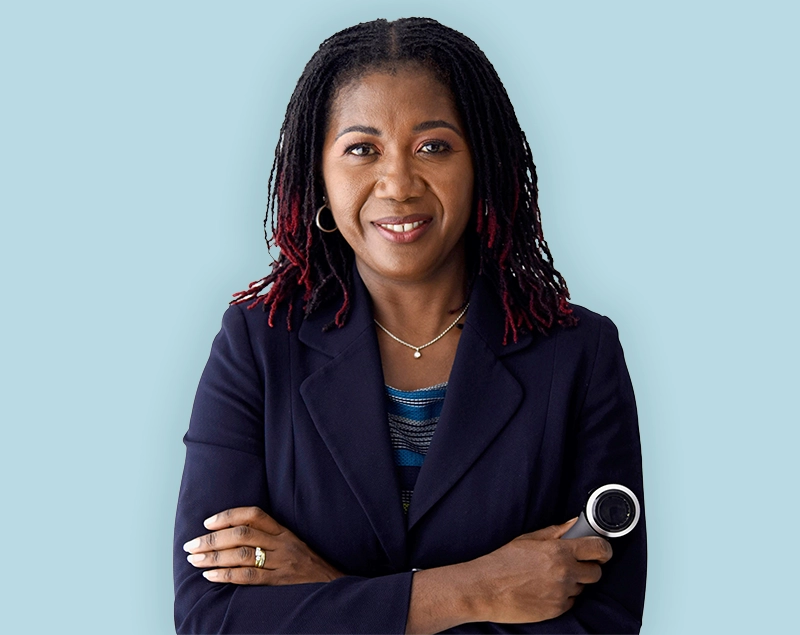-
HAIR CLINICDermatology
Could we do book free online assessment
Speak to our team online
-
About
Speak to our team online
Cysts are closed, sac-like structures that form just beneath the skin. They can contain fluid, keratin, or semi-solid material. While most cysts are benign and harmless, they can sometimes cause discomfort, inflammation, or cosmetic concerns.
Cysts are abnormal sacs that develop within the skin or just beneath it. They can appear anywhere on the body but are most commonly found on the face, scalp, neck, and trunk. Dermatology-related cysts are generally slow-growing and non-cancerous, though they may occasionally cause pain, inflammation, or cosmetic concern.
Different types of dermatology-related cysts have unique features and origins. Understanding their differences helps guide diagnosis and treatment. Common cysts seen in dermatology include:
Understanding the type, location, and content of a cyst helps determine whether treatment is necessary and which approach is safest and most effective.
Cysts vary in appearance and symptoms depending on type, size, and location. While some cysts remain unnoticed for years, others may cause visible lumps, discomfort, or irritation.
Typical signs of dermatology-related cysts include a firm or soft bump beneath the skin, often dome-shaped. Cysts are usually painless unless infected or inflamed. In some cases, redness, warmth, or tenderness may indicate secondary infection. Cosmetic concerns arise when cysts are prominent on the face or scalp.
Cysts develop for multiple reasons, often linked to skin structures:
A dermatologist typically evaluates cysts with a combination of careful inspection and, if needed, imaging or laboratory tests. Diagnosis focuses on confirming that the lump is a benign cyst rather than a tumour or other skin condition.
Accurate diagnosis ensures proper management, minimises the risk of complications, and helps patients understand the likely course of their cyst.
Not all cysts require intervention. Dermatologists recommend treatment based on symptoms, cosmetic concerns, size, and risk of infection or recurrence.
Many small, asymptomatic cysts can be safely monitored. Regular check-ups help track growth or changes and allow early intervention if needed.
When treatment is necessary, options include:
Proper aftercare is essential for healing and preventing recurrence. It includes keeping the area clean, following clinician instructions, and avoiding trauma to the treated site.
Most dermatology-related cysts have a positive outlook.
Benign cysts are generally harmless and often resolve with simple treatment. Some cysts, such as pilar or epidermoid cysts, may recur, but repeat procedures are effective. Complications, including infection, inflammation, or scarring, are uncommon when cysts are managed properly.
While cysts cannot always be prevented, several strategies can reduce risk and recurrence:
